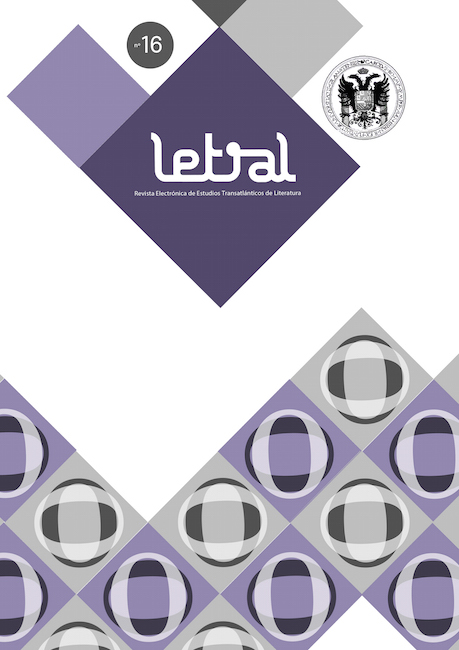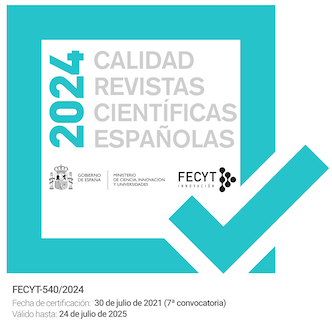The art of hallucination. Images of time in the work of José Hierro
DOI:
https://doi.org/10.30827/rl.v0i16.4924Keywords:
José Hierro, time, poetry, hallucinationAbstract
In this paper we try to analize the question of the “time” in poetry of José Hierro. Firtsly, we will tackle the conections between poetry and history in his work. Secondly, we will study differents aspects of his poetry: past, anachrony, hallucination…Downloads
References
Aristóteles (2011). Poética. Madrid: Gredos.
Ashbery, John (2006). Autorretrato en espejo convexo. Barcelona: Dvd ediciones.
Benjamin, Walter (2008). “Sobre el concepto de historia”, en Obras completas. Libro I, vol. 2. Madrid: Abada.
Cañas, Dionisio (1995). “Introducción”, en Libro de las alucinaciones. Madrid: Cátedra.
Didi-Huberman, George (2006). Ante el tiempo. Buenos Aires: Adriana Hidalgo editora.
García Calvo, Agustín (2000). “La rotura del sujeto. Acerca de la tragedia”, en Archipiélago, nº 42, 54.
Hierro, José (1995). Libro de las alucinaciones. Madrid: Cátedra.
--- (2000). Agenda. Madrid: Universidad popular.
--- (2003). Cuanto sé de mi. Madrid: Universidad popular.
--- (2003). Alegría. Madrid: Universidad popular.
--- (2002). Cuaderno de Nueva York. Madrid: Hiperion.
Marx, Karl (2006). Introducción a la crítica de la economía política. México: Siglo XXI.
Rosset, Clement (1993). Lo real y su doble. Barcelona: Tusquets.
--- (1994). El principio de crueldad. Valencia: Pre-textos.
Valery, Paul (2010). Cuaderno. Barcelona: Galaxia Gutenberg.
Virno, Paolo (2003). El recuerdo del presente. Ensayo sobre el tiempo histórico. Barcelona: Paidos.
Downloads
Published
How to Cite
Issue
Section
License
Revista Letral is an open access journal under a Creative Commons Atribución-NoComercial 4.0 license.
The works published in this journal may be reused, distributed and publicly presented for non-commercial purposes, provided that: cite the authorship and the original source of the publication (journal, publisher and URL of the work).
We strongly recommended you to share our published articles in social and scientific networks, institutional and public repositories, personal or institutional websites, blogs, Google Scholar, ORCID, ResearchID, ScopusID, etc.
The journal allow the author(s) to hold the copyright and to retain publishing rights without restrictions.
We are completely free, both for readers and authors.














